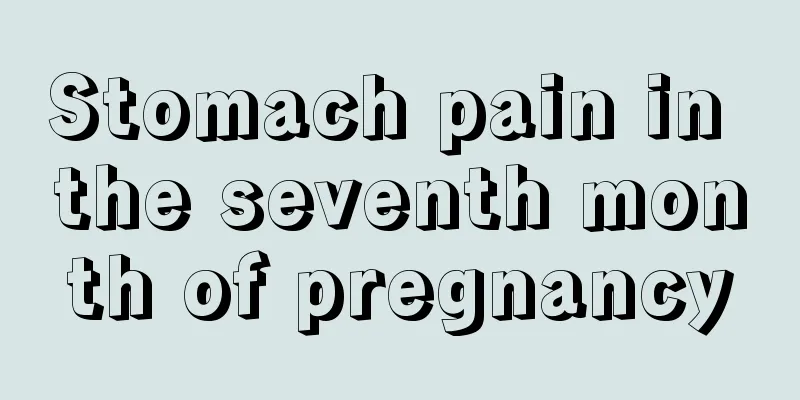The best Chinese medicine treatment for pelvic effusion

|
Most pelvic effusions are caused by pathogens entering the pelvic cavity from the vagina, causing pelvic inflammatory disease. The pelvic cavity gradually secretes inflammatory exudates and accumulates into pelvic effusion. Therefore, women should pay special attention to vaginal cleanliness in daily life and be careful about the use of antibiotics, because they can easily disrupt the bacterial ecological balance of the vagina. In addition, during pregnancy, menstruation, and postpartum period, they should pay special attention to hygiene to prevent infection. Pelvic effusion can be cured, it is just a matter of time. Patients can seek doctor's advice and prescribe the right medicine according to their own situation. Pelvic effusion can be cured completely, but it can only be effectively treated after the pathogenic bacteria are identified. To determine the pathogen of pelvic inflammatory disease, special laboratory tests should be performed and then symptomatic medication should be used. When the pelvic fluid accumulation reaches 14 cm, the problem becomes serious. It is very necessary to choose an effective treatment method at this time. Current clinical results show that surgery is the most effective and rapid treatment for pelvic effusion. Patients with lumps such as hydrosalpinx or tubo-ovarian cysts can undergo surgical treatment. Patients with small foci of infection and recurrent inflammation are also suitable for surgical treatment. The principle of surgery is complete cure to avoid recurrence of residual lesions. Unilateral oophorectomy or radical hysterectomy plus bilateral oophorectomy is performed. But for young women, ovarian function should be preserved as much as possible. The effect of single therapy for chronic pelvic inflammatory disease is poor, and comprehensive treatment is appropriate. In addition, you can also choose Chinese medicine therapy. Pelvic effusion is mostly of damp-heat type, and the treatment principle is to clear away heat and dampness. The main function of the prescription is to promote blood circulation and remove blood stasis. The prescription uses: Salvia miltiorrhiza 18g, Red Peony Root 15g, Costus Root 12g, Peach Kernel 9g, Honeysuckle 30g, Taraxacum Mulberry 30g, Poria 12g, Moutan Bark 9g, and Rehmannia Glutinosa 9g. If the pain is severe, add 9g of Corydalis yanhusuo. Some patients are of the cold stagnation and qi stagnation type, and the treatment principle is to warm the meridians and dispel the cold, promote qi and activate blood circulation. Guizhi Fuling Decoction is often used with modifications. For those with qi deficiency, add 15g of Codonopsis pilosula, 9g of Atractylodes macrocephala, and 15g of Astragalus membranaceus. Finally, I would like to remind you that when your physical constitution is relatively strong, you generally will not get sick. However, due to some reasons that cause your resistance to decrease, sometimes pathogenic bacteria will multiply and cause pelvic inflammatory disease. When you are under mental stress, depression, or in poor physical condition, you are prone to various diseases. |
>>: What are the symptoms of postmenopausal uterine fibroids?
Recommend
Can vulvar atrophy be restored? The correct method of recovery is better!
The female vulva will shrink, but because the cau...
Breast pain just after ovulation
There are many reasons for breast swelling, some ...
What are the treatments for diabetes?
Diabetes is a metabolic disease caused by insuffi...
What causes small bumps on the vulva?
In fact, for women, the vulva area is an area tha...
All medicines are poisonous. What exactly is the "poison" in this traditional Chinese medicine?
As the old saying goes, "All medicines are t...
What is the reason for excessive vaginal discharge the next day after sex?
Many men and women always encounter some special ...
What should girls use to clean itchy
The itching of girls' private parts is mainly...
Why is the sidewalk called a zebra crossing? What are the standards for setting up a zebra crossing?
Zebra crossings are traffic signs that we encount...
Can I go to the gym during my menstrual period?
Nowadays, not only male friends like fitness, but...
What is the most effective way to reduce stretch marks after childbirth?
Many pregnant women are distressed and worried ab...
What to eat after cesarean section
The delivery method can be natural birth or caesa...
The reasons why women have yellow leucorrhea
Nowadays, the incidence of gynecological diseases...
How can women maintain good health?
With the overwhelming cosmetic advertisements on ...
The detection rate of Mycoplasma pneumoniae in children is 7 times that of adults! Has respiratory diseases increased after the epidemic? The National Health Commission explains
On November 13, at a press conference of the Nati...
What are the nutritional values of crucian carp soup? What are the techniques for making crucian carp soup?
Crucian carp is tender and delicious, and can be ...









